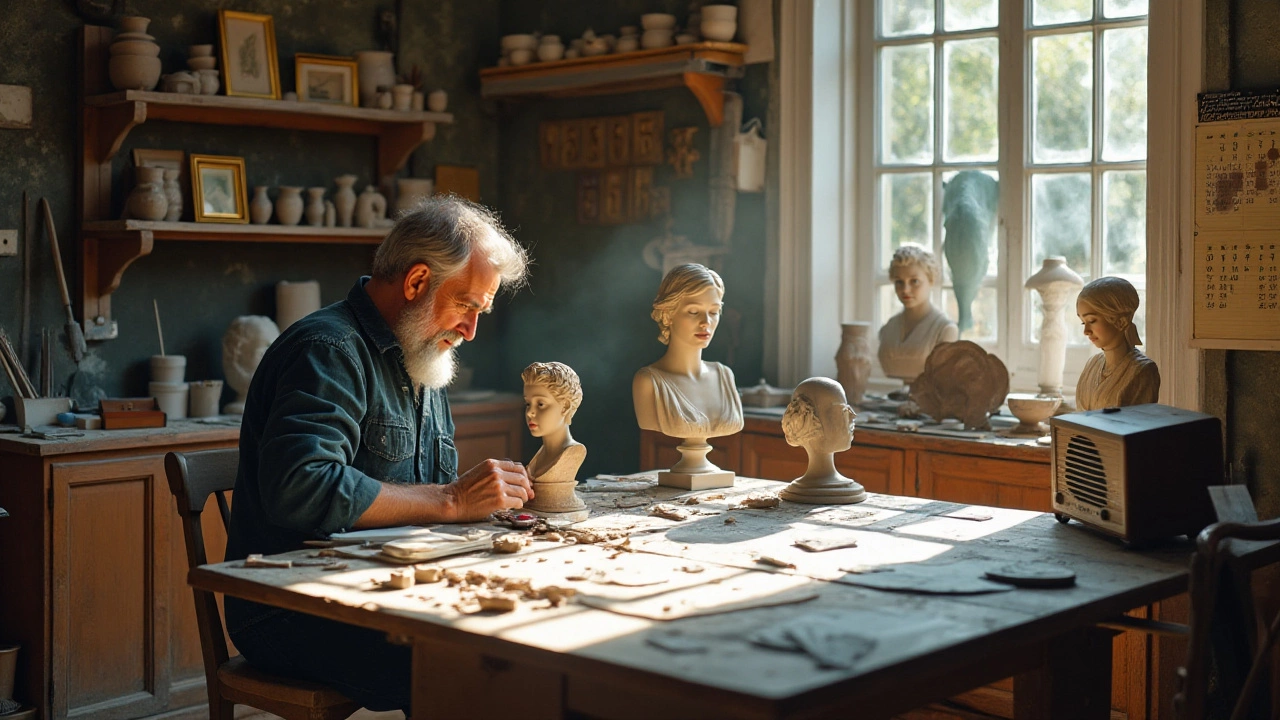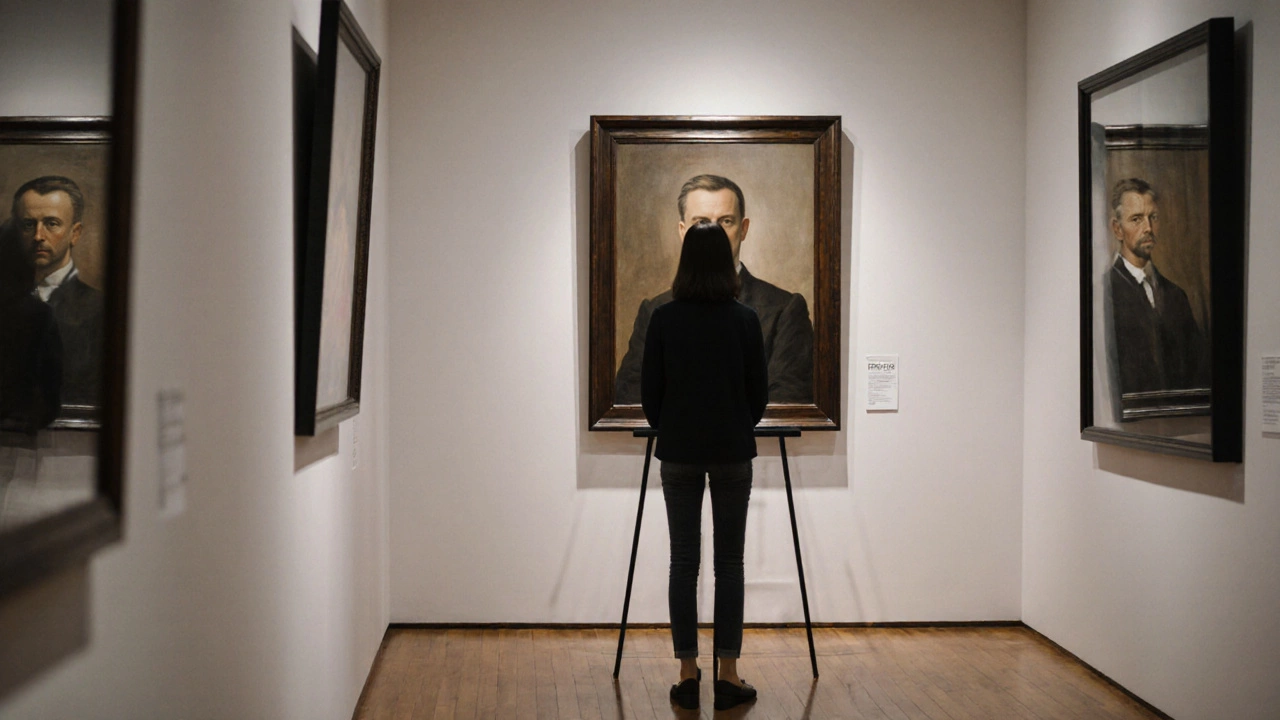Art Pricing: What Determines the Cost of a Piece?
If you’re wondering why a small sketch can cost £50 while a large oil portrait runs into thousands, you’re not alone. The price of art isn’t random – it’s a mix of tangible costs, the artist’s experience, and what collectors are willing to pay. Knowing these pieces helps you either set a fair price for your own work or make a smart purchase.
Factors That Influence Art Prices
First, look at the materials. Canvas, high‑quality oil paints, and custom framing add up quickly. A beginner using student‑grade supplies will charge less than someone working with museum‑grade pigments.
Second, consider size. Bigger works need more paint, more time, and more transport effort, so they naturally cost more. As a rule of thumb, many artists add a flat rate per square inch or centimetre.
Third, the artist’s reputation matters a lot. A name like "Picasso" or a rising star with gallery shows can command premium prices. Even within the UK, a portrait painter in London may charge more than one in a small town because of local market demand.
Fourth, the medium plays a role. Acrylics dry fast and are cheaper to produce, while oil paintings require layers, solvents, and longer drying times, which pushes the price up. Watercolor pieces often sit in the middle, depending on paper quality and technique.
Fifth, scarcity and demand affect value. Limited‑edition prints, signed works, or pieces that are part of a popular series tend to sell higher because collectors see them as investments.
How to Set a Fair Price for Your Work
Start by adding up your direct costs – paint, canvas, framing, and any studio rent. Then calculate a reasonable hourly wage for your time. Many artists use a base hourly rate of £20‑£30 and multiply it by the hours spent. Add a markup for overhead and you have a baseline.
Research similar artists in your niche. If you’re a portrait painter, check out the recent article "Portrait Painter Prices UK: How Much Do Artists Charge in 2025?" for current market rates. Matching or slightly undercutting comparable artists can help you get sales while you build a reputation.
Factor in your experience level. Beginners often start lower to attract buyers, but as you gain exhibitions or press, raise your rates gradually. A good sign you can increase price is when you get multiple enquiries for the same piece.
Don’t forget the intangible value – your unique style, storytelling, and the emotional connection you create. These can justify a higher price even if material costs are modest.
When you’re pricing a commission, be clear about what's included: sketches, revisions, travel, and final delivery. Write it out in a simple quote so the client knows exactly what they’re paying for.
Finally, test your price. Offer a piece at a set amount and see the reaction. If you get a flood of interest, you might be undervaluing; if nobody bites, consider adjusting the price or improving your marketing.
Understanding art pricing helps both creators and buyers. Use these tips to set realistic rates, negotiate confidently, and appreciate the real value behind every brushstroke. Want deeper insights? Check out our posts on portrait painter prices and how to spot authentic prints for more specific guidance.

4 Jan 2025
Pricing a sculpture is a nuanced art, intertwining materials, size, artist's renown, and market demand. Every aspect from craftsmanship to current market trends plays a role in determining the worth of unique sculpture pieces. Newcomers to art collecting or even artists themselves must navigate these elements to set or understand fair prices. Having a clear breakdown of these factors assists individuals in making informed decisions.
Continue reading...

